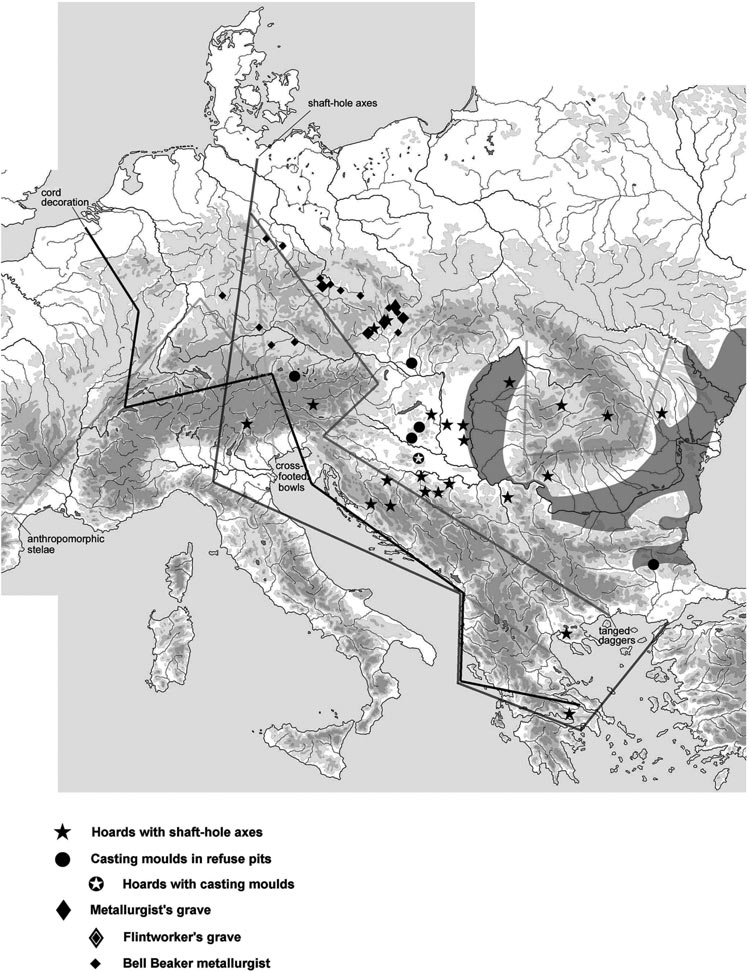Heyd, Mallory, and Prescott were right about Bell Beakers
Sometimes it is fun to read certain “old” papers. I have recently re-read some important papers that predicted what we are seeing now in aDNA analysis with surprising accuracy:
– Harrison & Heyd (2007): “We predict that future stable isotope and ancientDNA analyses of Beaker skeletal material will support our view that immigration played an important role in the Europe-wide Bell Beaker phenomenon”. – Duh, obvious, right? Wrong. Read the whole paper. It was already becoming a classic in the study of the Bell Beaker culture before the latest research on Bell Beaker aDNA, and it will be … Read the rest “Heyd, Mallory, and Prescott were right about Bell Beakers”

